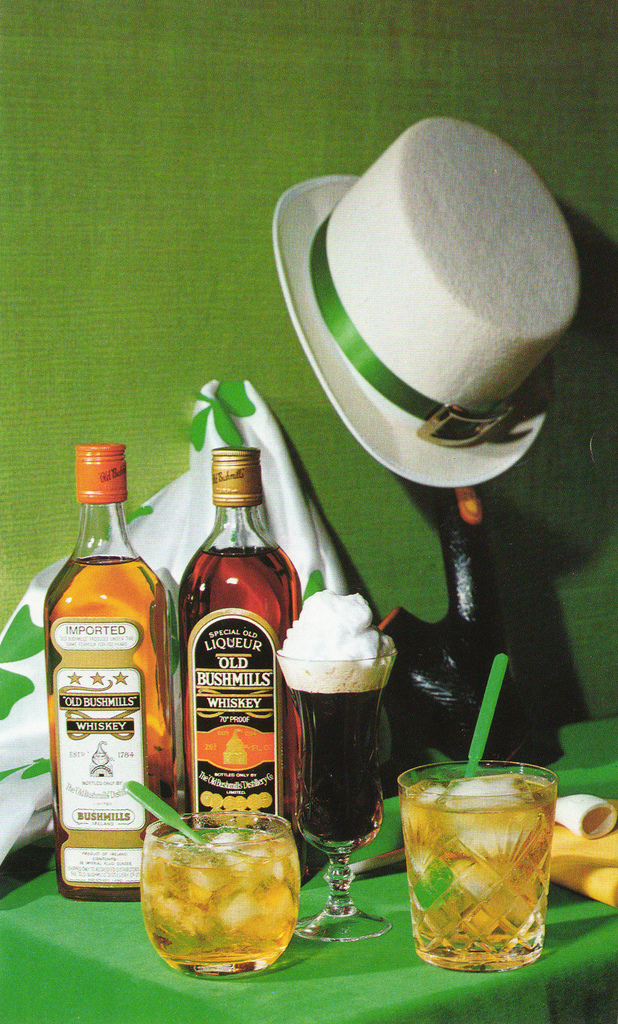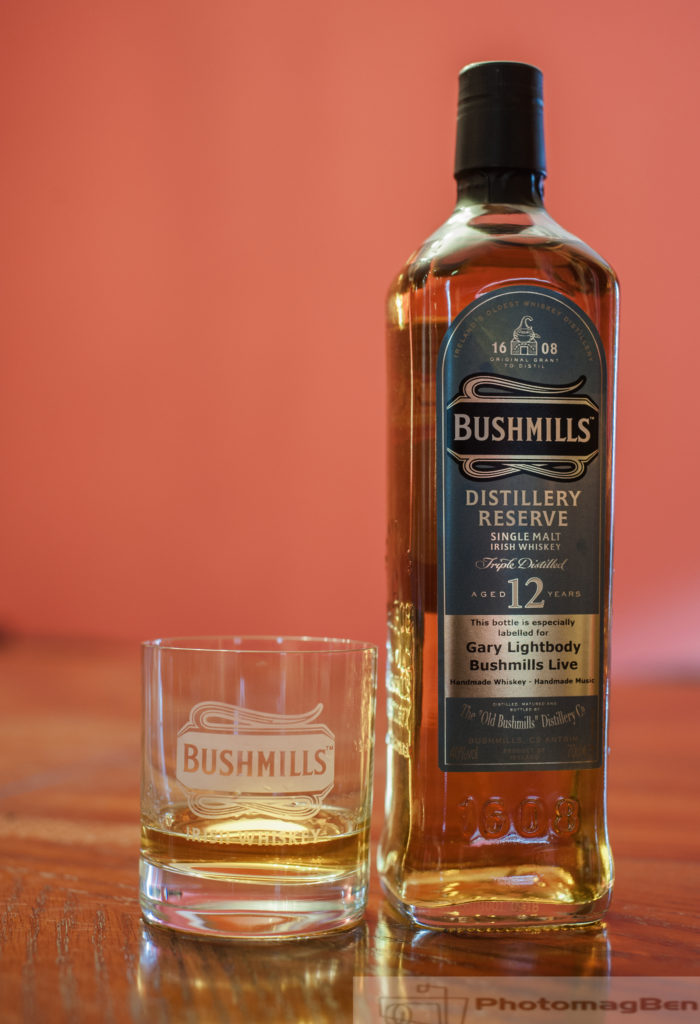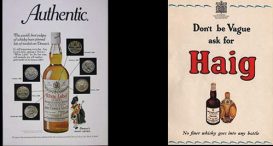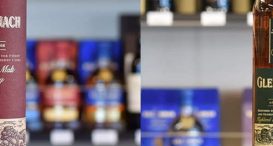A Focus on Irish Whiskey
let’s begin
What is the main difference between Irish and Scottish whisky?
Irish whiskey is triple distilled, and obviously far superior (this may be said with a little bit of bias since I’m from Ireland, but disregard that).
The Irish have been distilling and drinking whiskey for hundreds of years, and they seem to have learnt a thing or two in that time.
In fact, Bushmills Distillery is the oldest licensed distillery in the world, and is still going strong. Beat that Scotland!
The sales of Irish whiskey have recently been on the rise, experiencing double-digit growth in 2013.
For many decades however, there were only four working distilleries in Ireland, far less than places like Japan or India, where the whisky revolution happened a lot later.
That time however, has passed and Ireland is now going through its own whisky renaissance, so to speak.
There are now a grand number of seven operating distilleries on the island, with that number going up year on year. If all the planned distilleries open, there will be around 15 in total.
Some are owned by big names. Alltech Distillery, hoping to open in Dublin if it ever gets planning permission, is owned by Alltech, a US based animal feed group.
Tullamore Dew Distillery is owned by William Grant & Sons. This is already a well known brand but is based in Pernod Ricard’s Midleton Distillery. Plans are to move it to its namesake, the town of Tullamore.
The building has been going up for a while and plans are to have it opened in autumn of this year. Fingers crossed the workers don’t get too distracted by the delicious whisky to finish!
Walsh Whiskey, a company that recently partnered with Illva Saronno of Disaronno, plan to open a distillery in Co. Carlow by the end of 2016. The company are already producing the brands The Irishman and Writer’s Tears.
Alongside these corporate start ups, there are a number of individual Irish distilleries on the way.
The Teeling Whiskey Company, an already extablished, family run bottling company, have opened a new distillery in Dublin. This is the first in 125, shocking considering the amount of whiskey that must be consumed in a city famous for its drinking!
With four different expressions, including a small batch and a single grain, this distillery is clearly doing well with the recent interest in Irish drams.
The distillery plan to open a visitor centre in May of this year.
Keeping it in the family, John Teeling, father of the founding brothers of Teeling Whiskey Company as well as the founder of Cooley Distillery himself, plans to re-open the Great Northern Distillery in Dundalk.
This distillery will run to support the private label and bulk whiskey sector, as well as smaller craft whiskey producers. If all goes well, the distillery should open in July of this year and have its first mature malt by 2017.
Slane Castle, already famous for its annual music festival, has plans to open a new distillery and visitor’s centre. Surprisingly, this will be the only Irish distillery to grow and malt its own barley.
Further north there are also plans to open several new distilleries.
Work is due to begin at Portaferry Distillery at the end of this year and there is already Echlinville Distillery, which has been up and running since 2013.
The Belfast Distillery Company, set up in 2005 and already producing the Titanic (of course) and Danny Boy Whiskey brands, plans to open a working distillery in the city’s Crumlin Road Gaol.
This will be the first working distillery in the city for 175 years, since the city was more inclined towards petrol bombs than whisky bombs for around thirty years or so.
But all Troubles aside, this promises to be an exciting development for the city and will be a new bright spark for Belfast to be proud of.
All in all, the Irish whiskey scene is moving forward. With demand on the increase, only time will tell if the Irish can ever overcome their Scottish rivals and finally, once and for all, prove that Irish whiskey is indeed far superior to Scotch.
















5 thoughts on “A Focus on Irish Whiskey”